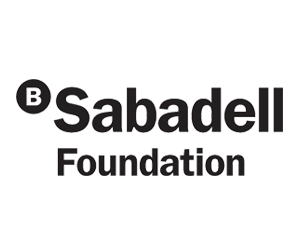


Profile
Ph.D. in the laboratory of Dr. Paola Scaffidi 2014-2019, Cancer Epigenetics Laboratory, The Francis Crick Institute, London, UK
Thesis title: “Defining the molecular and cellular mechanisms of EZH2’s dynamic role in tumourigenesis”
Master of Biochemistry (MBiochem) 2010-2014, Oxford University, UK
Thesis title: “Characterising the dynamics of the injectisome cytosolic machinery”
Project
Deconstructing Systemic Coordination of Circadian Clocks and Their Role in Optimising Organismal Fitness
Alignment of behavioral and physiological processes to specific phases of the 24-hour solar cycle enables organisms to adapt and thrive in a rhythmically changing environment. A 24-hour molecular oscillator, found in almost all mammalian cell types, temporally tunes physiology by driving circadian oscillation of transcription, translation and post-translational modification. In particular, adult stem cells, in tissues ranging from the skin to muscle, are subject to circadian regulation that restricts stem-cell-critical processes to optimal times of the day.
For circadian regulation to benefit an organism, the molecular clocks in tissues throughout the body must act as a coherent network that is synchronised to the external light-dark cycle. However, how tissues communicate in this network, the mechanisms by which they do so, and the biological consequences of this communication remains poorly defined. Previously, by studying the liver and interfollicular epidermis, we identified two pathways for the daily synchronisation of clocks in peripheral tissues: an ‘autonomous response’ branch, whereby light can synchronise the circadian machinery of individual tissues in the absence of clocks elsewhere; and a ‘memory’ branch that requires the systemic circadian machinery to ‘‘remember’’ time in the absence of external cues.
Building on this work, I am using novel mouse models and in vivo assays to dissect the mechanisms underlying circadian clock synchronisation through each branch, whilst also attempting to uncover specific homeostatic tissue functions reliant on each. In doing so, I hope to provide an unprecedented insight into the mechanisms that enable coordinated circadian regulation of organismal physiology, a particularly pertinent insight given its frequent and deleterious disruption by modern lifestyles.













